
Dwarf bamboos
Selection of small-sized bamboos, perfect for pot cultivation
Contents
Mini bamboos are low-maintenance and often non-running, with a height typically limited to around 1.5 m at most. Adapting to various environmental styles, these small bamboos are perfect for pot cultivation on terraces or balconies. In the garden, they are grown as attractive low hedges and small clumps, sometimes even as groundcover, in rockeries and slopes.
Discover our selection of dwarf bamboos, chosen for their small size, as well as for their ornamental character and ease of cultivation.
Sasaella masamuneana ‘Albostriata’: a dwarf bamboo with variegated foliage that adapts to all situations
Sasaella masamuneana ‘Albostriata’ is a clumping bamboo of modest size that typically reaches 1.75 m in height, and up to 2.5 m at most. With its splendid variegated foliage and limited dimensions, it is perfect in a pot on the terrace and balcony, but also in borders and as a solitary clump, or even in a small hedge.

With a bushy habit, Sasaella masamuneana ‘Albostriata’ is particularly notable for its long, bright leaves, variegated with cream white or pale yellow. Their light green hue is more or less striated with white depending on exposure, soil type, and the watering the bamboo receives.
Vigorous and hardy down to -15°C, indifferent to sunlight, and capable of tolerating heavy, calcareous, or stony soils, this dwarf bamboo thrives in all situations. In pots, be sure to regularly remove the oldest culms to make room for new summer shoots. Moderately running, it is best to contain its growth with a rhizome barrier when grown in the garden.
Fargesia demissa ‘Gerry’: a new non-running dwarf bamboo that is highly ornamental
Recent and still relatively unknown, Fargesia demissa ‘Gerry’ is a dwarf bamboo that enjoys rapid vertical growth, but spreads slowly without becoming invasive. Grown in pots, it typically reaches 2 m in height, and up to 3.50 m when cultivated in the ground. This small bamboo looks wonderful as a solitary clump, in containers, as well as in pots on the terrace or balcony.
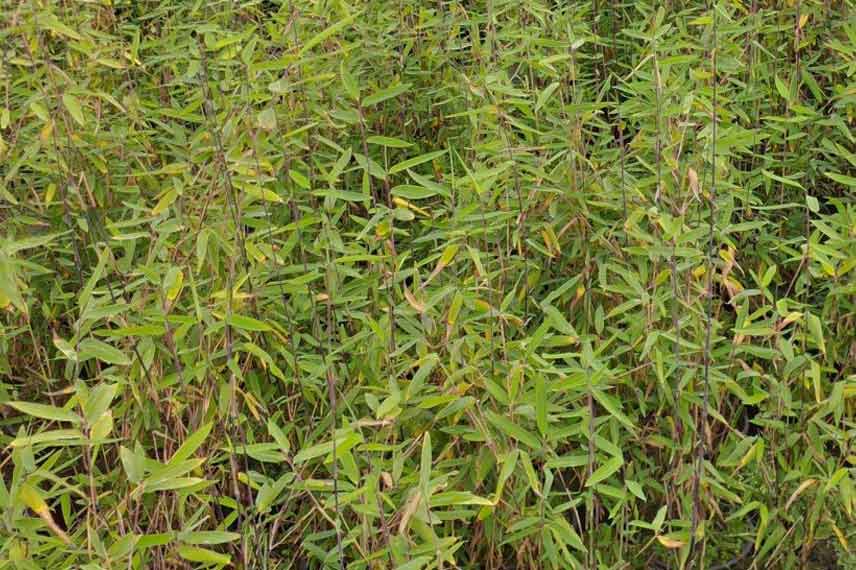
Highly ornamental, Fargesia demissa ‘Gerry’ produces rather upright culms that are narrow and slightly flared at the top, measuring 2 to 3 cm in diameter. The juvenile canes are remarkable for their dark purple colour covered in a bluish mauve bloom. This hue turns green over time. This dwarf bamboo also offers abundant foliage. Its leaves are lanceolate and tapered at the tip, displaying a matte dark green shade.
Fargesia demissa ‘Gerry’ is one of the most hardy cespitose bamboos, capable of surviving down to -30°C. Its foliage is deciduous in areas exposed to severe frosts. This dwarf bamboo prefers partial shade, as well as cool, fertile soils, preferably non-calcareous. Non-running, its rootstock develops slowly during winter.
Discover other Dwarf Bamboos
View all →Available in 0 sizes
Available in 1 sizes
Available in 1 sizes
Available in 1 sizes
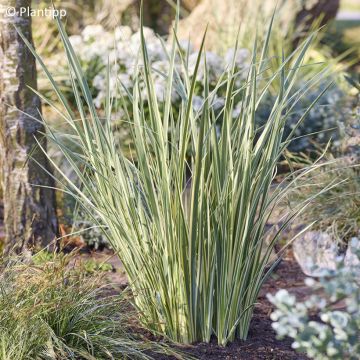
Available in 1 sizes
Available in 1 sizes
Available in 1 sizes
Available in 1 sizes
Available in 2 sizes
Available in 1 sizes
Sasa tessellata: a small bamboo that is easy to grow with multiple uses
Sasa tessellata is a dwarf bamboo that grows up to 1.5 m in height, sometimes reaching 2 m under optimal conditions. This small bamboo is used in undergrowth, as groundcover, integrated into a shady shrub border, in a medium-sized hedge, or even in rockeries, on a bank, isolated, or grown in a large container or planter.
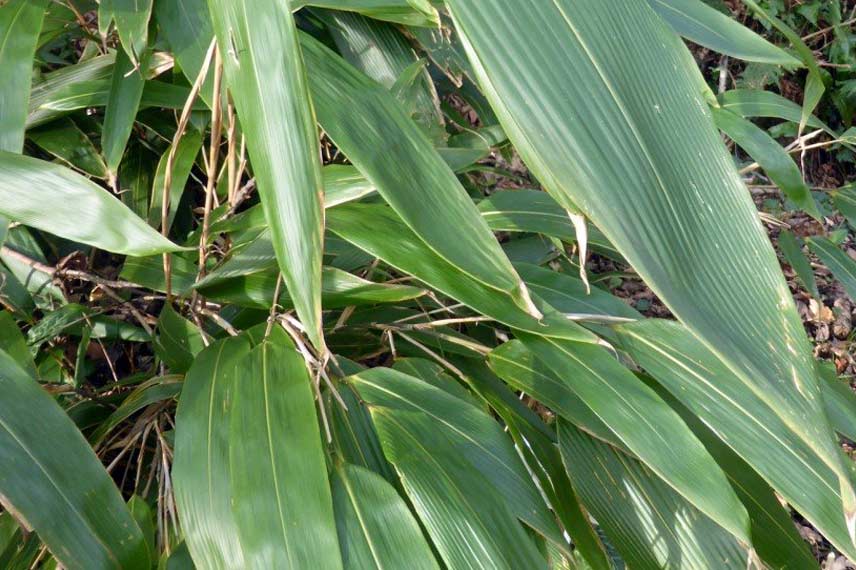
Bushy, rounded, and compact, Sasa tessellata has thin green culms covered with a dense and trailing foliage made up of large dark, glossy leaves that are thick and oblong. Measuring between 30 and 60 cm long and 7 to 10 cm wide, these are the longest leaves ever found on a temperate climate bamboo.
Hardy down to -15°C, Sasa tessellata prefers shaded locations and light sun (definitely not scorching sun), as well as cool soils. Robust and low-maintenance, it is sensitive to very dry soils and wind. It is also a variety with a rhizomatous non-running stump.
Read also
Install a rootstock barrierPleioblastus argenteostriatus f. pumilus: a small running bamboo, low-maintenance and very elegant
Pleioblastus argenteostriatus f. pumilus is a compact, fast-growing dwarf bamboo that reaches a maximum height of only 80 cm. This cultivar is particularly well-suited for container and pot cultivation, as well as for slopes and borders. Pleioblastus pumilus also adapts perfectly to the art of bonsai.
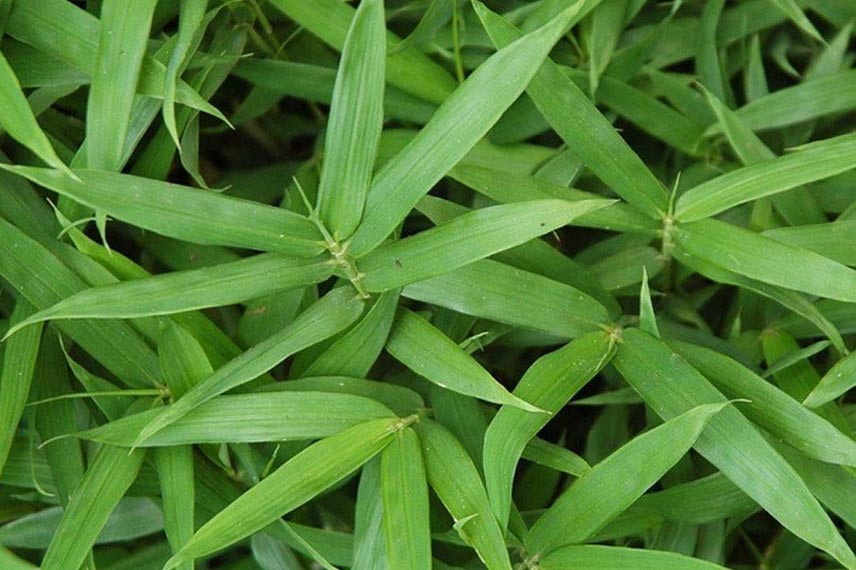
The true elegance of this dwarf bamboo comes from its bushy, flexible, and slightly trailing habit, and its foliage is very dense. It features a very lush evergreen foliage composed of beautiful lanceolate light green leaves.
Very vigorous and hardy down to -15°C, Pleioblastus argenteostriatus f. pumilus is also low-maintenance and tolerates pruning very well. It thrives in all situations, although it prefers sunny locations and deep, cool soil. Very running, the spread of this small bamboo must be contained when grown in open ground. Installing a rhizome barrier is therefore essential.
Fargesia nitida ‘Volcano’: a perfect clumping dwarf bamboo for high altitudes
Fargesia nitida ‘Volcano’ is a small bamboo with a modest growth that reaches about 2 m in height at ripeness. Its compact habit and non-running character allow it to thrive in the ground in small gardens, or even in pots on terraces and balconies.

This small bamboo is valued for its very upright habit, its juvenile culms that are purple, and its dense foliage. Forming a narrow and well-dense clump from the base to the top of the canes, the small, fine, lanceolate leaves, with a beautiful bright green colour, are borne by upright and slender culms that are still quite sturdy.
Easy to cultivate, Fargesia nitida ‘Volcano’ thrives in all exposures, whether grown in the ground or in pots. It prefers cool, well-drained soils, ideally without lime. One of the hardiest bamboos, capable of withstanding frosts of around -30°C, it even thrives at altitudes up to 3,400 m. Its non-running rhizomatous stump ensures it never becomes invasive.
- Subscribe!
- Contents
































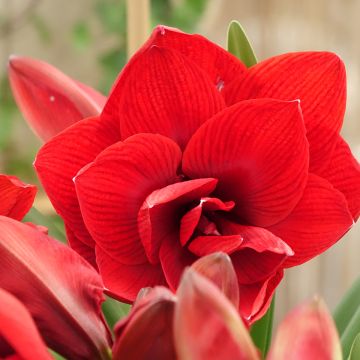


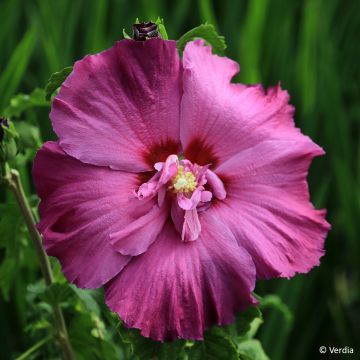

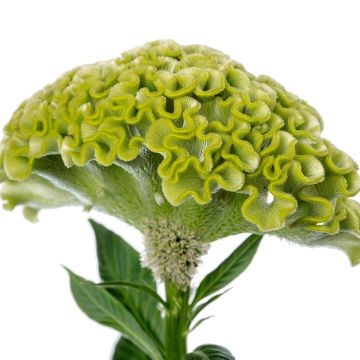
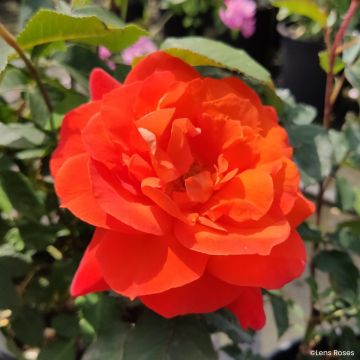

Comments